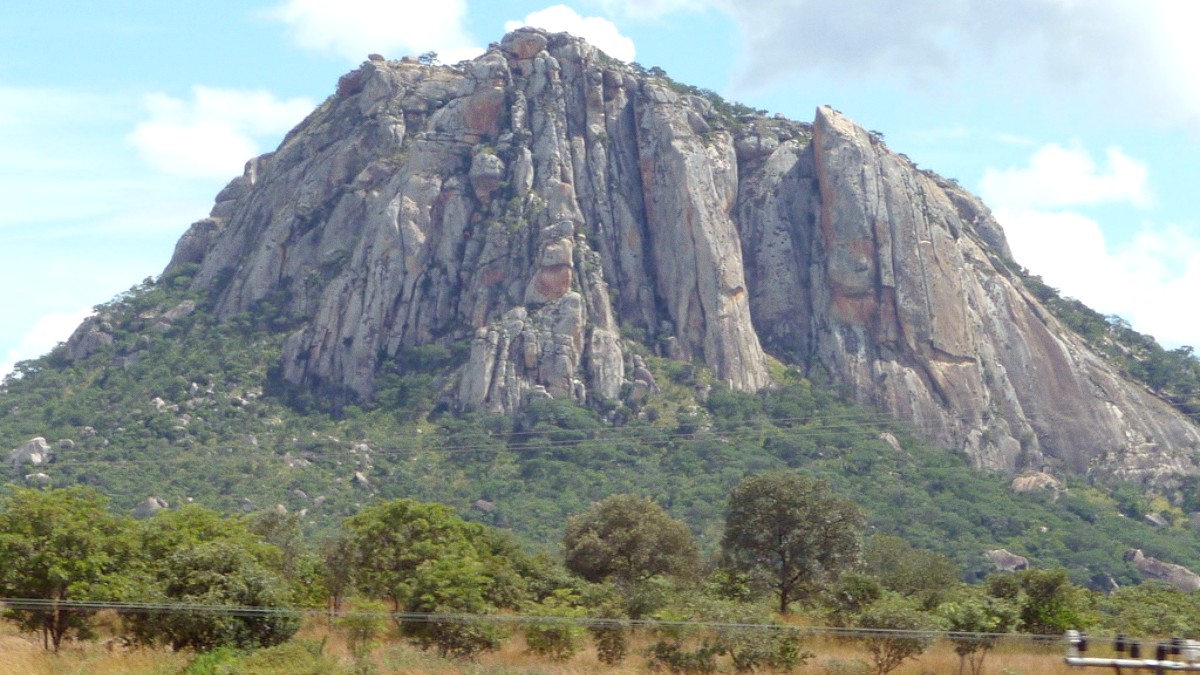
Zimbabwe
Bulawayo's landmarks give a glimpse into Zimbabwe's rich natural and cultural heritage, from its ancient past to its industrial age.
These sites are central to understanding the region's historical timeline and ecological wealth.
This museum gives an unique experience, especially for railway fans. Admission typically US$5.
Weekday mornings are generally less crowded for both museums, making a more relaxed exploration.
Early mornings are the best time to visit for cooler temperatures and fewer visitors.
Hire a local guide at the site for historical context and explanations of structures.
Several viewpoints overlook the ruins and Khami Dam, ideal for photography. Search for the small hill behind the main complex for panoramic views.
Admission for non-residents typically US$15-US$20.
Bulawayo has a range of museums and cultural institutions that share insights into Zimbabwe's past, art, and performing arts. These venues contribute to the city's intellectual and creative landscape.
Highlights include its ornithology collection, detailed geology and palaeontology exhibits (including dinosaur displays), and rich ethnography sections showing Zimbabwean cultural artifacts.
Highlights include various steam locomotives, historical coaches, and railway memorabilia that illustrate the evolution of rail transport in the region.
A premier venue for contemporary Zimbabwean art. It shows a diverse range of works by established and emerging local artists. The gallery often hosts temporary exhibitions.
A prominent cultural center for theatre productions, music, and dance that reflect traditional and contemporary Ndebele narratives. Check their schedule for performances or workshops.
This historical venue hosts various local and international performances, including plays, musical acts, and other theatrical productions.
Check local listings, websites, or social media pages of museums and galleries for any temporary exhibits or special programming. GetYourGuide can be a resource for booking special events.
Archaeological sites like Khami Ruins, an UNESCO World Heritage site, represent the Torwa Dynasty, with impressive stone structures.
Bulawayo City Centre has a grid layout and many well-preserved colonial-era buildings, like City Hall and churches with Victorian/Edwardian styles.
St. Mary's Cathedral (Catholic) and Anglican Cathedral of St John the Baptist show the city's religious history. Matobo Hills holds deep spiritual meaning for the Ndebele people.
Bulawayo and its surrounding region have numerous historical sites that create tangible links to its layered past.
Bulawayo has access to remarkable natural attractions, creating opportunities for wildlife viewing, scenic appreciation, and outdoor recreation.
Bulawayo has green spaces and a wildlife orphanage for direct animal encounters.
A UNESCO World Heritage site, famous for unique balancing rock formations (Dwalas) and granite kopjes.
Both Matobo Hills and Chipangali provide excellent wildlife encounters.
Beyond the well-known attractions, Bulawayo and its surrounding areas hold several hidden gems. These off-the-beaten-path sites have unique experiences.
A day trip to Matobo Hills. The unique granite landscape and the chance to track rhinos on foot make an unforgettable natural experience.
A self-guided walking tour through Bulawayo's city center. Wide streets and historical buildings share a story of the city's colonial past.
Search out a local Braai (barbecue) spot for an informal evening. It has delicious food, a lively atmosphere, and great people-watching opportunities.
Check the schedule for Amakhosi Cultural Centre before your visit. They often have performances or workshops.
Book Experiences via GetYourGuideAllow 2-3 hours for the Natural History Museum. Look for Cecil John Rhodes' personal coach at the Railway Museum.
Visit Khami Ruins in the early morning to avoid heat and experience the site with fewer people.
Visit Chipangali Wildlife Orphanage in the morning for more active animals.
For serious hiking in Matobo Hills, hiring a local guide is suggested due to terrain knowledge.
Both major museums in Bulawayo have significant collections.
Cultural centers often have dynamic schedules.
For serious hiking in Matobo Hills, a local guide is advisable. They know the terrain, safe routes, and park ecology.
This experience deepens your appreciation of the natural environment and local knowledge.
Bulawayo and its surrounding region have numerous historical sites that create tangible links to its layered past, from ancient kingdoms to colonial expansion.
Bulawayo's historical sites show its evolution through different eras.
From sacred sites to liberation memorials, the city's past is diverse.
Bulawayo's past as a transport hub is still apparent.
Old Bulawayo shares insights into the Ndebele Kingdom's military and political structures before colonial rule.
Sites of remembrance and historical meetings.
These sites connect visitors to different facets of the country's past.
A self-guided walk through the city center unveils its unique architecture.
The city's design reflects its colonial beginnings.
Khami Ruins are a must-see for archaeological significance. Consider hiring a guide at the site for full context.
A self-guided walk through the city center is a good way to see its historical buildings and understand the city layout.
To visit Old Bulawayo, it is outside the city and shows the Ndebele Kingdom's structures before colonial rule.